Benefits of Guggulu, dosage, side effects, and how to use?
What is Guggulu? Derived from the resin of the Commiphora mukul tree, Guggulu has been used in traditional Ayurvedic medicine …
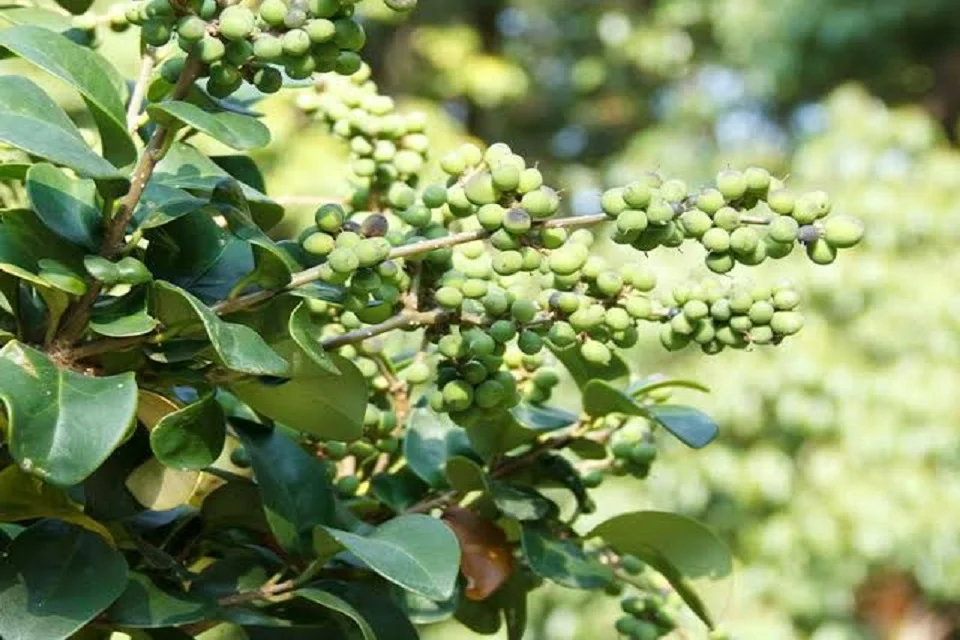
What is Guggulu?
Derived from the resin of the Commiphora mukul tree, Guggulu has been used in traditional Ayurvedic medicine for centuries due to its many benefits of guggulu. From promoting weight loss and reducing cholesterol levels to alleviating joint pain and supporting digestion, Guggulu has become a staple in Ayurvedic remedies. In this article, we delve deep into the various uses and importance of Guggulu, exploring its role in Ayurvedic treatments and how it can enhance your overall well-being. Get ready to embark on a journey of ancient wisdom and modern wellness as we explore the wonders of Guggulu in this captivating article.
What is the Morphology of Commiphora mukul?
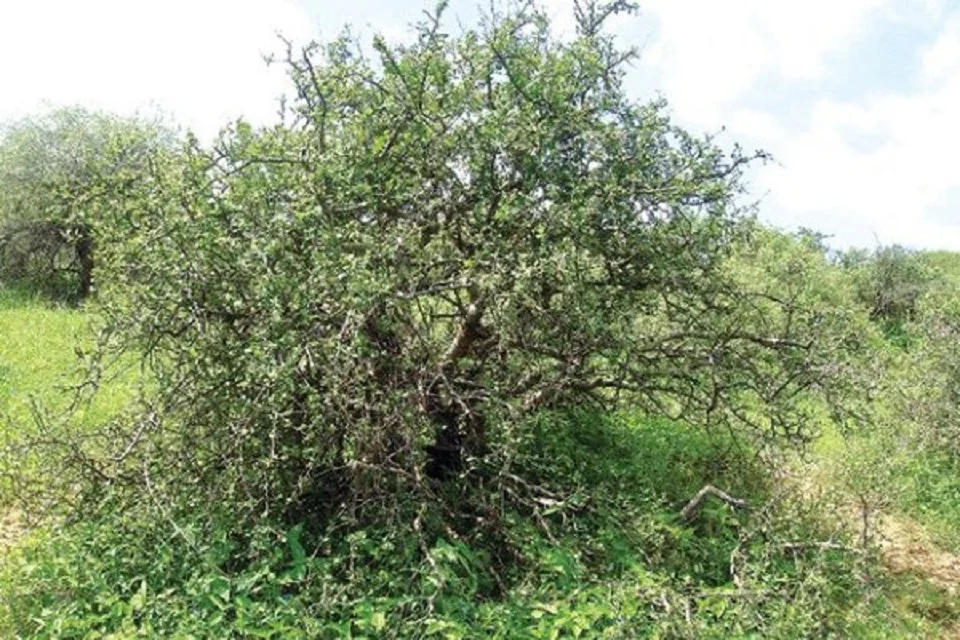
Latin name– Commiphora wightii (Arn.) Bhand, Syn. Balsamodendron mukul Hook. ex Stocks Commiphora mukul Engl.), {Fam. Burseraceae)
Commiphora mukul is small tree or shrub with spinescent branches. Leaves are unifoliate, alternate, or crowed at the end of short branches, smooth and shining. Flowers are small, subsessile, 2-3 together unisexual. Fruits are red drupes, ovate, and acuminate, separating into two fleshy valves. It is found in the arid and rocky regions of southwest and northwestern regions of India.
Type of Guggulu
Acharya bhavmishra mentioned five types of Guggulu
- Mahisaksha
- Mahanila
- Padma
- Kumuda
- Hiranyaksha
Mahsaksha and Mahanila are used for elephants, Padma and Kumuda are used for horses while Hiranyaksha is used for Humans. If Hiranyaksha is not available then Mahisaksha may be used.
Synonyms
Pura, Mahishaka, Kaushika, Palankasha, Devdhup
Classical Categorization
Charak: Sangyasthapana
Sushruta: Eladi
Vaghbhatta: Eladi
Other/Regional Language Names
- English:Gum-gugul, Indian Bdellium
- Gujarati:Gugal, Guggal, Gugar
- Hindi:Guggul, Gugal
- Kannada:Kanthagana, Guggala, Mahishaksha guggulu, Guggulugida, Guggulu
- Kashmiri:Guggal Dhoop, Kanth Gan
- Malayalam:Gulgulu, Guggulu
- Marathi:Guggul, Mahishaksh
- Oriya:Guggulu
- Punjabi:Guggal
- Tamil:Mahisaksi Guggalu
- Telugu:Makishakshi guggulu, Guggipannu
- Urdu:Muqil (Shihappu)
- Assamese:Guggul
- Bengali:Guggula
Constituents
Gum- guggul lignans I & II; Guggulu tetrols; mukulol; allylcembrok; c-27 guggulsterone I, II & III; Z-and E- guggulsterone etc
Oleoresin- z-guggulsterone, E-guggulsterone
Rasa Panchak
- Rasa:Tikta, Katu, Kashay
- Guna:Laghu, Sara, Vishada
- Virya:Ushna
- Vipaka:Katu
- Karma:Vatabalasajit, Rasayana, Varnya, Balya, Bhagnasandhanakrt, Medohara
References in Ayurvedic texts
मेदोऽनिले गुग्गुलुः ।
(अ० ह्र०, उ० स्था०) 40/48)
गुग्गुलु प्रसिद्धं धूपसाधनम् ।
(सायनन – डो. बा. १/२८)
गुग्गुलुर्वेदोऽनिलहरणाम् ।
(च.सू.२५ और अ.सं.सू.)
न तं यक्ष्मा अरुन्धते नैवं शपथो अश्नुते ।
यं भेषजस्य गुल्गुलोः सुरभिन्धो अश्नुते ।।
(शौ. १९/३८/१)
सुगन्धिः सुलघुः सूक्ष्मस्तीक्ष्णोष्णः कटकी रसः ।
कटुपाकः सरो हृद्यो गुग्गुलुः स्निग्ध पिच्छिलः ॥
स नवी बृंहणो वृष्यः पुराणस्त्वतिलेखनः ।
तैक्ष्ण्यौष्णयात् कफवातघ्नः रसत्वान्मलपित्तनुत् ॥
सौगन्ध्यात् पूतिकोष्ठघ्नः सौक्ष्म्याच्चनलदीपनः ।
(सु.चि.महावातव्याधि)
गुग्गुलुर्देवधूपश्च जटायुः कौशिकः पुरः ।
कुम्भोलूखलकं क्लीबे महिषाक्षः पलङ्कषः ॥
गुग्गुलुविशदस्तिक्तो वीर्योष्णः पित्तलः सरः ।
कषायः कटुकः पाके कटू रूक्षो लघुः परः ॥
भग्नसंधानकृद् वृष्यः सूक्ष्मः स्वर्यो रसायनः ।
(भा० प्र०, कर्पूरादिवर्ग, 32, 38)
What are Benefits of Guggulu?
- Vatavyadhi
- Amavata
- Granthi
- Shopha
- Gandmala
- Medoroga
- Prameha
- Kushtha
- Kamala
- Hridroga
- Vatarakta
What is the use of Guggulu in texts?
- Guggulu and Shilajita shall be used in Udara roga (Ch.Chi.13)
- Guggulu may be used with Gomutra in Urustambha (V.M. & V.S.)
- Haritaki, Guggulu, and Shilajit may be given with urine in Amavata (A.Hr.Chi.21)
how much is Dose?
2-4 g of the drug in powder form
What are the Useful Part
Niiryas (Olceo-resin/Gum)
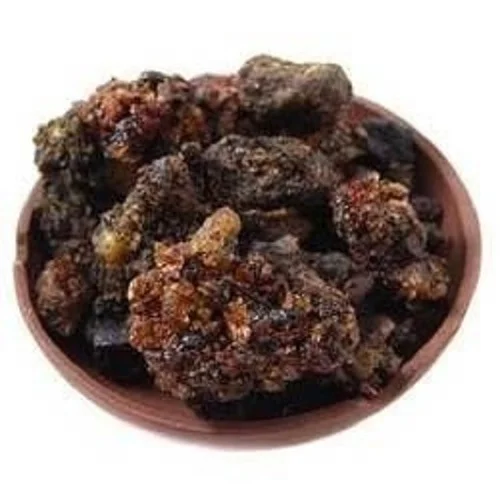
What are the side effects of Guggulu?
- stomach upset
- Headache
- Guggul is likely unsafe when taken by mouth during pregnancy. It might stimulate the uterus and cause a miscarriage
- Side effects are of taking the drug in high doses, under the guidance of qualified vaidya, or in appropriate doses it is safe to consume.
Additional information
List of formulations
- Arogyavardhini Rasa
- Yogaraja guggulu
- Pancha Tikta Guggulu ghrtam
- Sinhanada guggulu
- Chandraprabha vati
- Kaisōra guggulu
- Kanchanara guggulu
- Guggulu Tikta Kaṣāya
Morphology – Gulma
Guggulu Shodhan
Guggulu is purified in Triphala kvatha for three hours. And fried with ghee before being administered internally.
Research
- Scelerisque viverra
- Anti-inflammatory and anti-arthritic activity- Oleoresin was found to be a highly potent anti-inflammatory agent, as compared to hydrocortisone and butazoladin against Brownlee’s formaldehyde-induced arthritis in albino rats (Gujral et al; 1960)
- The oleoresin fraction possessed significant anti-arthritic and anti-inflammatory activities, the minimum effective dose being 12.5mg/100g body weight (Santakumari et al; 1964).
- The crude aqueous extract of oleo-gum-resin was found to suppress acute rat-paw edema induced by carrageenin. In adjuvant arthritis, the extract suppressed the secondary lesions. and is compared to be more effective than betamethasone (Satyavathi et al; 1969a).
- The steroidal compound isolated from PE extract possessed significant anti-inflammatory activity on carrageenin-induced rat-paw edema (Arora et al; 1971, 1972).
- The anti-inflammatory properties of Guggulu are reviewed (Sharma J.M., 1961, G.A.U., Jammagar). Clinical study on the effect of Suddha Gugulu in Amavata (RA) is reported to be encouraging (Vyas S.N., G.A.U., Jamnagar, 1983); Jhope A.B. 1978 & Majumdar, 1979).
- Suddha Guggulu is found to be effective in Kațiśüla (low back pain) proving the analgesic & anti-inflammatory effect (Pandey D.H., 1993 GAU, Jammagar).
- Antifertility activity-Oleoresin of gum Guggulu is found to cause also a reduction in the weight of the uterus, ovaries, and cervix with a concomitant increase in their glycogen and sialic acid levels, thereby showing that it might be useful as an antifertility agent (Amma M.K.P. et al; 1978)
- Anti-atherosclerotic activity- The effect of gum-guggulu was observed on serum cholesterol, fibrinolytic activity, and platelet adhesive index in healthy individuals (group I) and in patients of CAD (group II) for 30 days. Serum fibrinolytic activity improved by 22% and 19% at the end of 24 hrs, whereas after 30 days it was 40% and 30% in groups I & II respectively. Platelet adhesive index showed 22% and 19% after 30 days in groups I and II respectively. Serum cholesterol did not decrease significantly (Bordia & Chuttani, 1979).
- Purified steroidal fractions of Guggulu show a marked inhibition of ADP, adrenaline, and serotonin-induced platelet aggregation. Their inhibitory effect is comparable to the effect of “clofibrate”. The finding has its therapeutic value in myocardial infarction and thromboembolism.
- Effect of Guggulu on coagulation and fibrinolysis in experimental atherosclerosis is reviewed (Kaur et al; 1980).
- The effect of C. mukul on fibrinolytic activity and platelet aggregation was studied in 42 IHD patients. It was observed that patients with MI were found to have low fibrinolytic activity as compared to cases of angina pectoris, acute coronary insufficiency, and asymptomatic coronary disease but no such difference was observed for platelet aggregation. Administration of Guggulu improved fibrinolytic activity in IHD (Baldwa et al; 1980).
- Anti-obesity activity- Crude guggulu was found to reduce the body weight of hydrogenated ground-nut oil-treated (Satyavati et al; 1969 b).
- Preliminary clinical trials on 22 patients of hypercholester- olaemia associated with obesity, IHD, HTN, DM, etc. Guggulu (crude) was administered orally (6.12 mg in 3 divided doses for 15 days to one month. A fall in total serum cholesterol and serum was found in all the cases treated with Guggulu. The body weight of 10 patients’ obesity was also found to be reduced significantly 1966; Dwarakanath & Satyavati, 1970). In another study, 75 patients (both sexes and of different age groups) having varied etiology and clinical manifestations of obesity and lipid disorders were treated with crude guggulu and PE extract (16 gm. in four divided doses per day for three months). On average there is a 2 kg reduction in one month in both groups (Pandey et al; 1989).
Hypolipidemic/hypocholesterolemic activity-
- Crude guggulu was reported to possess highly encouraging hypolipaemic activity in rabbits (Satyavati, 1966).
- Anion exchange property detected by means of chloride retention and bile acid sequestrating activity in the oleoresin fraction hypocholesterolemic activity (Satyavati et al; 1969).
- Crude drug, as well as its two fractions (alcohol soluble and alcohol-insoluble), were found to cause a significant fall in serum cholesterol and serum turbidity with a concomitant increase in the coagulation time and prothrombin time. The alcohol-insoluble fraction was slightly more potent in this respect than the alcohol-soluble fraction as well as crude guggulu (Sastri, 1967; Tripathi et al; 1968).
- PE fraction A (petrol-soluble), B (alkali-washed neutral portion), and C (Petrol-insoluble) were given to 8-week-old male white leg horn chicks for 2-3 weeks in hyper cholesterolemia induced by atherogenic diet. All fractions lower the serum cholesterol, but fraction A is the most potent and B is the least potent (Mehta et al; 1968; Mehta & Malhotra, 1970).
- Alcohol extract and two pure fractions (a terpenoid and a steroid) isolated from the PE extract showed that the steroid fraction was highly potent as a hypolipaemic agent lowering the serum cholesterol by 69.3% as well as the c/p ratio. The alcohol extract lowered the cholesterol by 59.2% whereas the terpenoid lowered it by 54.3% (Malhotra et al; 1970).
- The alcohol extract reduced effectively the serum beta-lipoprotein fraction and significantly altered the lipoprotein ratio (Khama et al; 1969).
- The steroidal compound isolated from fraction A of PE extract reduced the lipid content (Viz., Total lipids, cholesterol, TG, and phospholipids) of both hepatic and aortic tissues. The response was doses-dependent and the maximum effect was noted at 10 mg/kg (Malhotra & Ahuja, 1972).
- Fraction A of PE extract effectively lowered serum lipids. cholesterol, phospholipids, and triglycerides in monkeys fed with a cholesterol diet (Das et al., 1973).
- Alcoholic extract ( 25-50 mg/kg orally), reduced serum cholesterol level in normal and hyperlipidemic rats and rabbits. Further, a resin fraction, a pure steroid, and fraction F isolated from crude extract showed a hypocholesterolemic effect on normal and triton-induced hyperlipaemic rats (Kapoor and Nityanand, 1971; Nityanand & Kapoor, 1971).
- Other studies include (Nityanand et al; 1973; Dwarakanath & satyavathi, 1970; Malhotra & Ahuja 1971; Malhotra 193; Kuppurajan, 1978; Kotiyal J.P et al; 1979; Nityanand et al; 1980 etc.
Conclusion
Guggulu, scientifically known as Commiphora wightii, holds a significant place in Ayurveda due to its versatile therapeutic properties. This resin has been traditionally used for centuries to address various health concerns. Its anti-inflammatory and antioxidant attributes make it a valuable component in Ayurvedic formulations aimed at promoting joint health and managing inflammatory conditions. While proponents emphasize its effectiveness in promoting overall well-being, it’s essential to consider potential contraindications and individual variations in response. In conclusion, Guggulu remains a noteworthy Ayurvedic herb, but like any remedy, a balanced approach considering individual factors is crucial for optimal results.
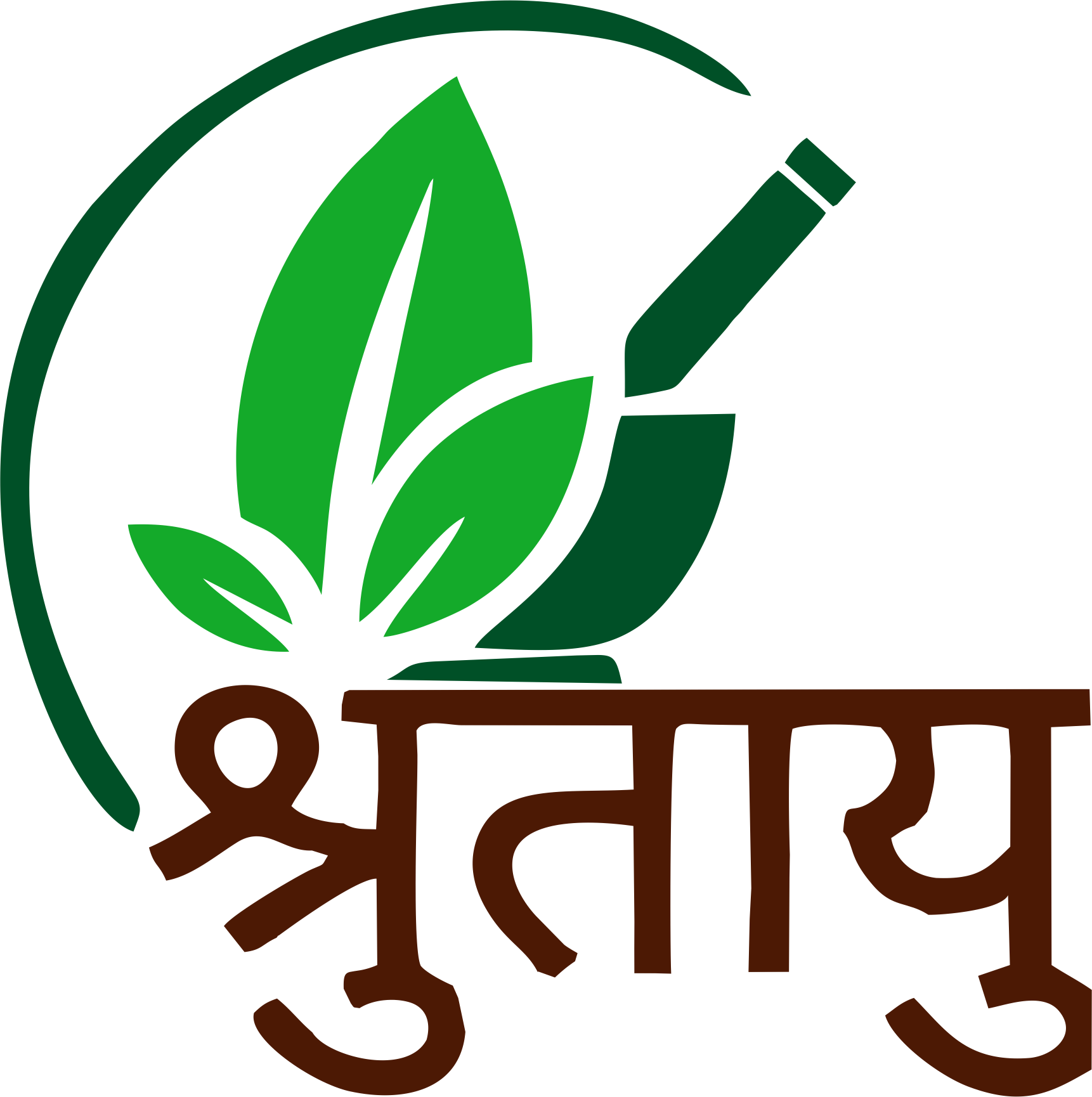
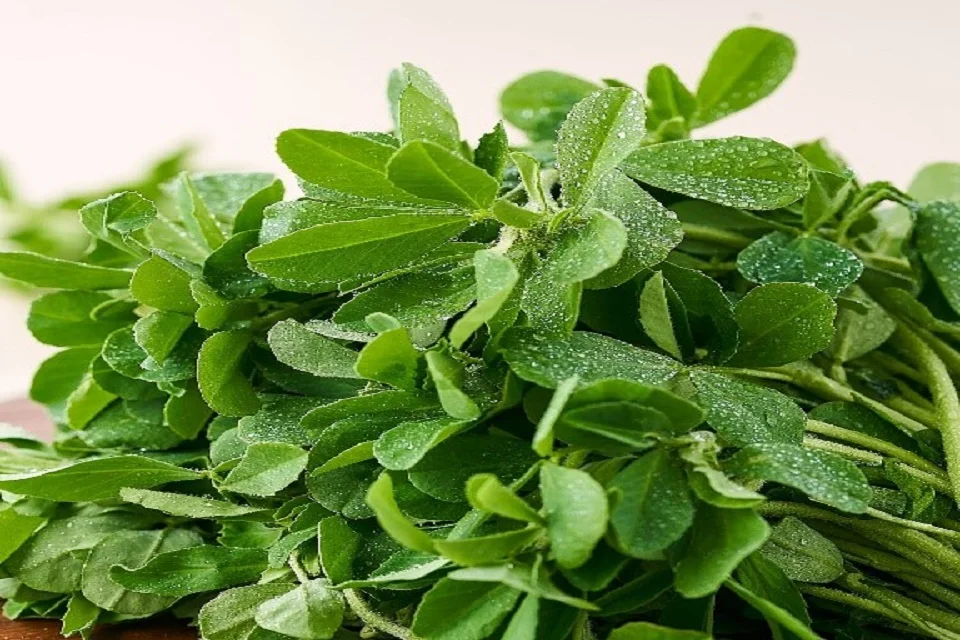

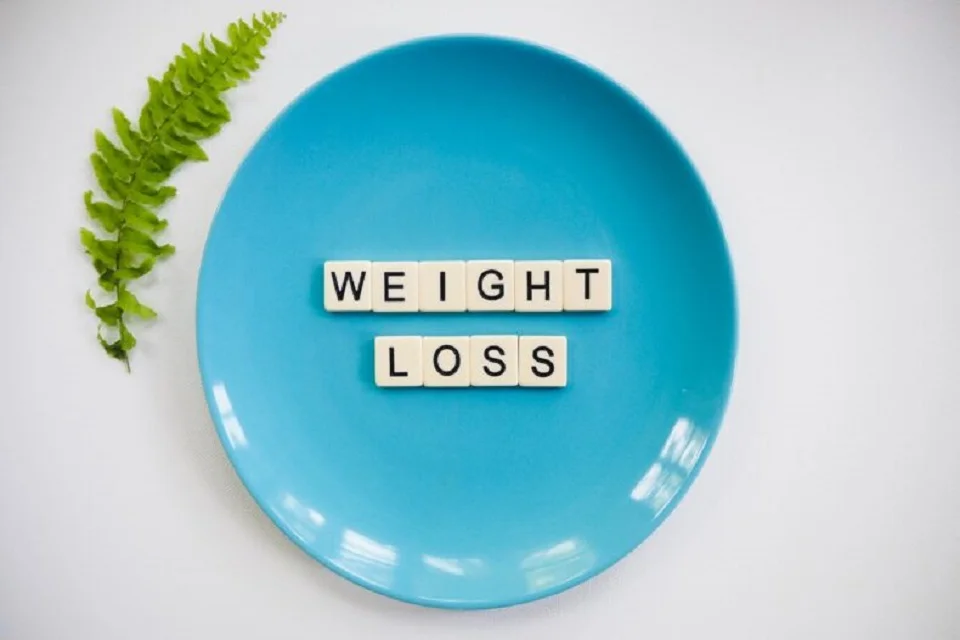

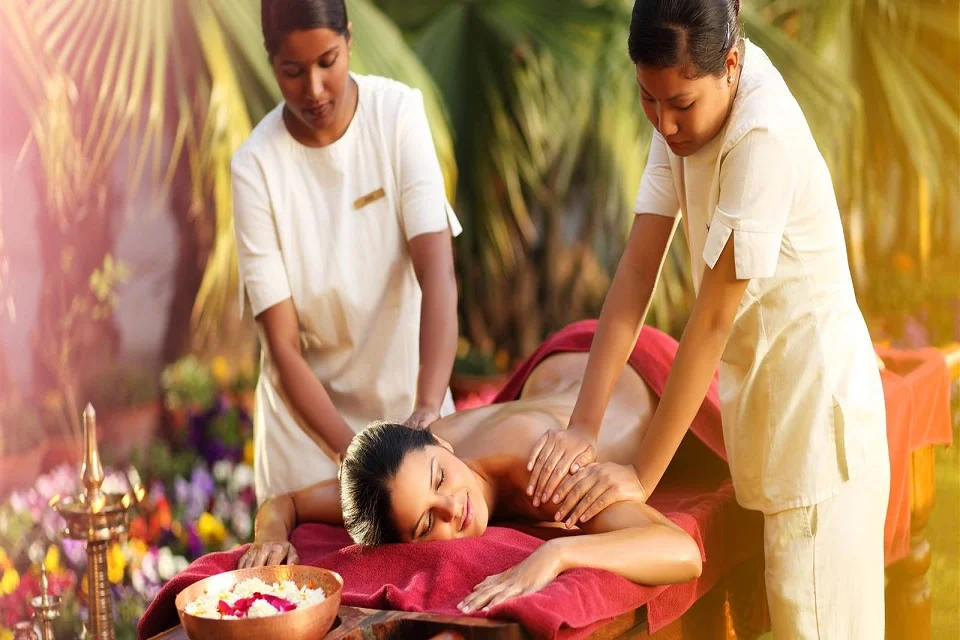
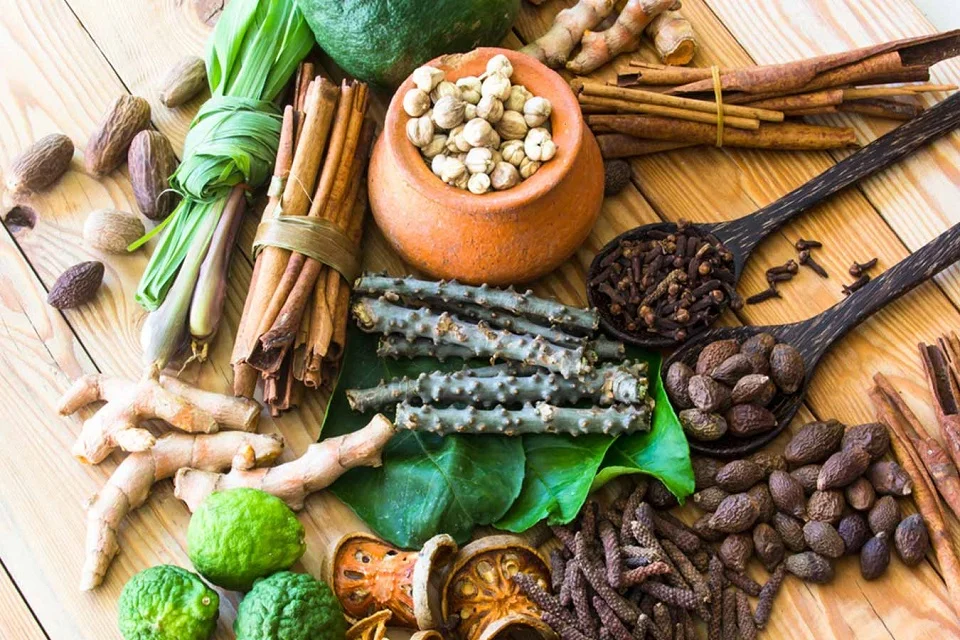
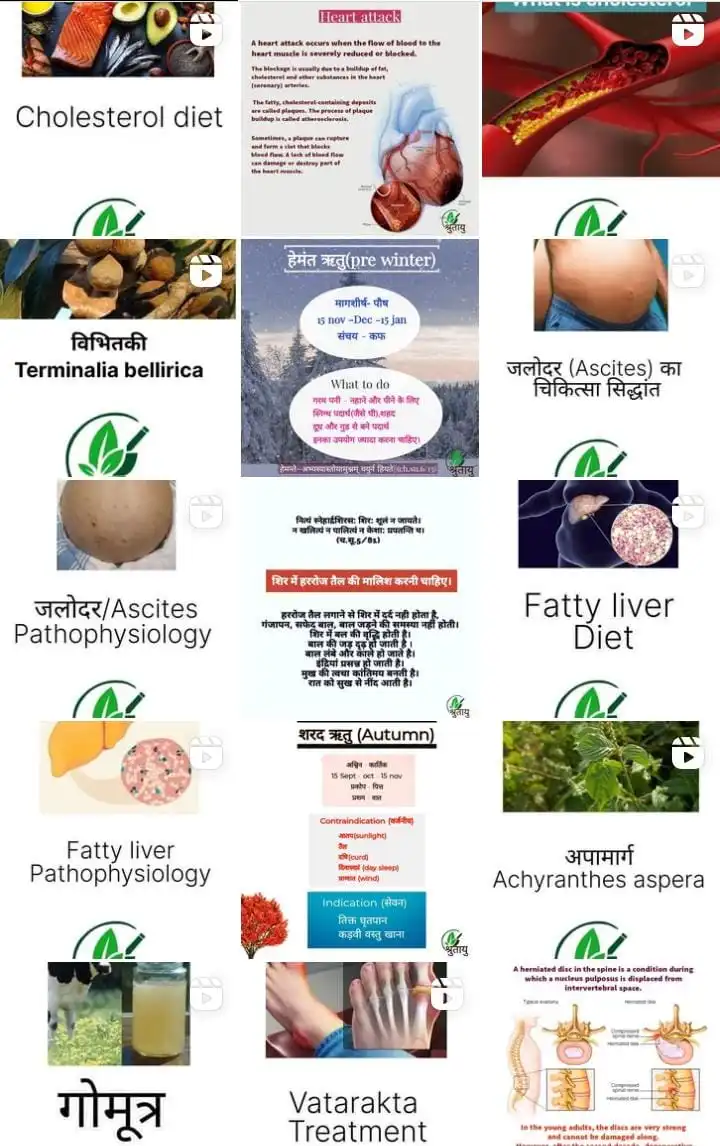
All the information I want to know is in one article.